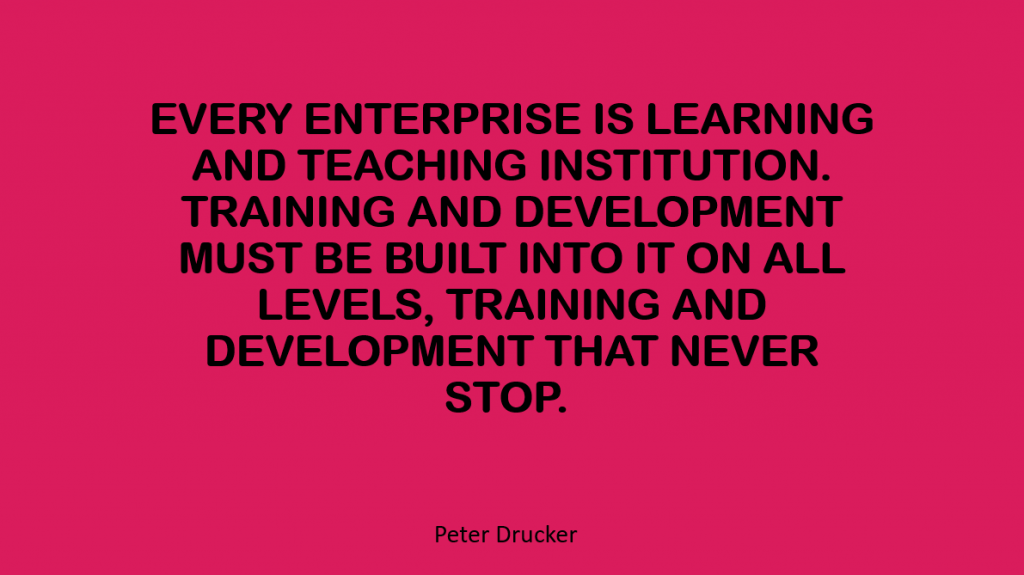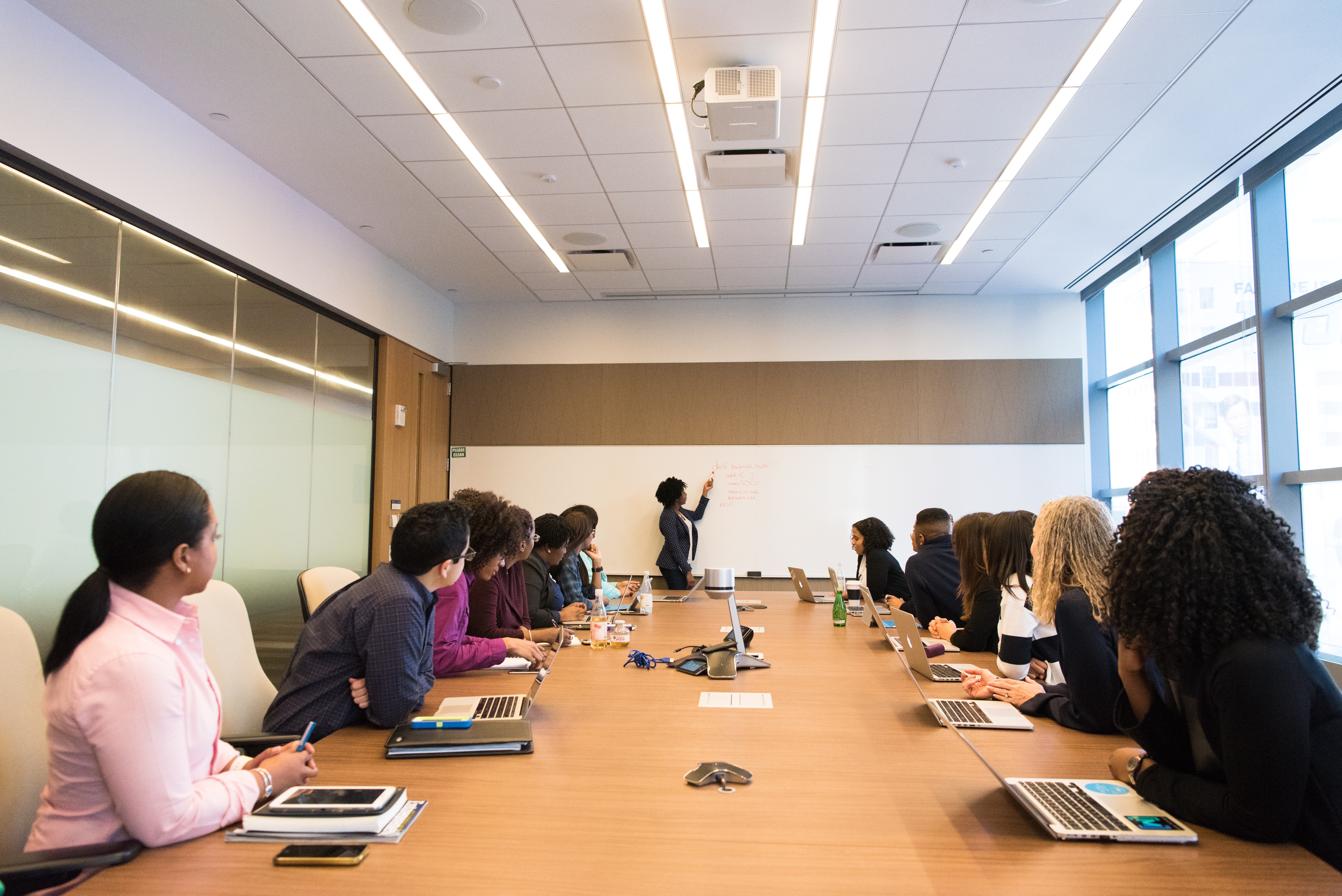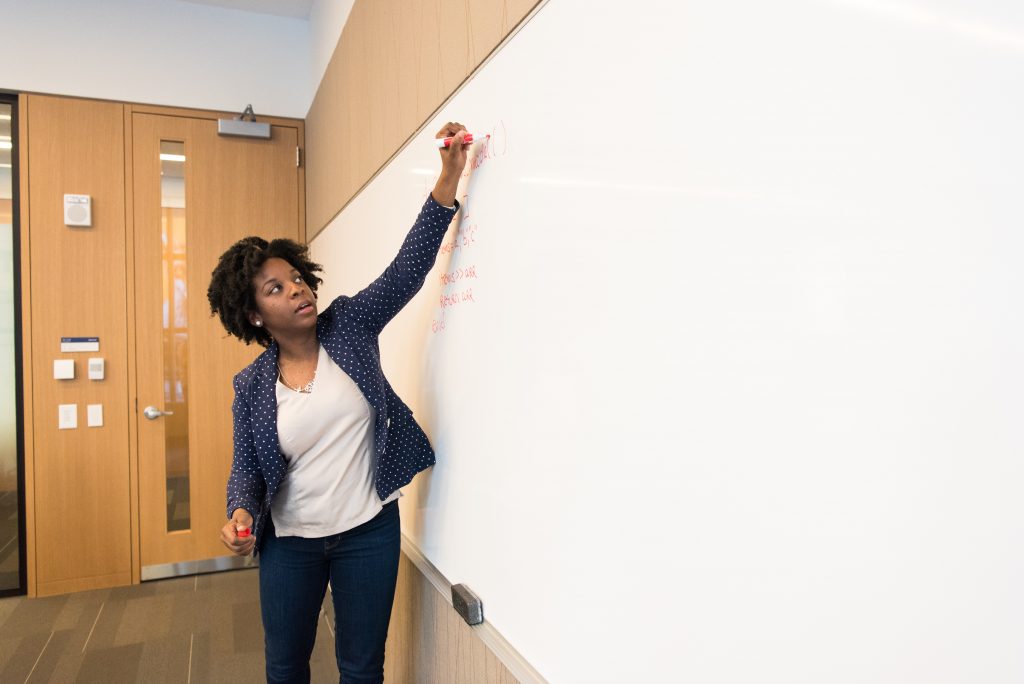I’ve always had a thirst for learning and so it comes as no surprise that in my HR career, one of my passions continues to be in the realm of learning and development. In all of my roles, and now as an HR Consultant, I continue to get my hands dirty in everything learning and development, whether it is analyzing current workplace training initiatives, or designing new content from scratch, or delivering in-house training or setting up robust processes/mechanisms to evaluate workplace training. I love it all and strongly advocate that organizations create and maintain a continuous learning environment where their people continue to grow and develop.

To deliver top-notch, high-quality workplace training, it’s imperative that the in-house trainers and subject-matter-experts (SMEs) are set up for success. This means organizing train the trainer workshops to help your trainers better develop, plan and deliver successful training sessions resulting in better learner outcomes. The ultimate goal of training is to ensure that the learner walks away from the session being able to apply the skills taught. To do this, the trainer must be skilled in facilitation, always with the adult learner in mind.
Adult Learners: Key Characteristics

Below are some key characteristics of adult learners to take into account when designing and delivering in-house workplace training.
Self-directed and autonomous
- Participants are self-directed in their own learning.
- Participants need to understand the goals of the training program.
- Participants must be actively involved in the learning process with trainers guiding participants to the learning outcomes.
- Trainers need to solicit perspectives and interests of participants and then provide them with in-class activities reflecting these interests.
- Trainers must allot time to provide participants with opportunities to present information and take on group leadership roles.
Draw on life experiences and knowledge
- Participants learn best when drawing on life experiences and knowledge, allowing them to connect learning to this knowledge and experience base and retain the information more readily.
- Trainers must understand the audience and tailor training objectives and material to participant experiences and knowledge.
Goal-oriented
- Participants need to know the outcomes, expectations and goals as a result of the training.
- Trainers need to present clearly defined learning outcomes at the start and end of the training to emphasize the learning and purpose of the training.
TIP: For learning objectives I leverage Bloom’s Taxonomy which is a classification of different objectives and skills that educators set for their students (learning objectives). The words fall into six categories of adjectives including remembering, understanding, applying, analyzing, evaluating and creating.
Relevancy-oriented
- Participants must be able to correlate the relevance of training to how it directly applies to their work/responsibilities.
- Trainers need to incorporate examples, theories, hands-on activities that relate to a setting or problem familiar to the participants.
Practical
- The training must be useful to participants with participants being able to apply concepts learned on the job.
- Trainers need to explicitly communicate the correlation between the training and usefulness on the job.
Respect
- Trainers must create an environment conducive to respectful learning, allowing participants to share their knowledge and experience and voice their opinions openly.
Train the Trainer: Tools and Resources to Develop Trainers
Prior to setting up a structured train the trainer workshop for my clients, I first partner with them to conduct a performance needs analysis. To assess current state some of the questions would be:
- What are the current training initiatives?
- What does successful training look like?
- What are the performance or learning objectives of each training session?
- What forms of evaluation of training are conducted? What are some of those results? What do the findings reveal?
- What is the performance gap? How important is this performance gap?
- Who are the trainers and how do they currently learn how to deliver training?
Train the trainer programs should be very hands-on to allow for one-on-one coaching for each trainer/facilitator. Having a cookie cutter approach to training your trainers won’t reap the greatest return on investment. Instead, it’s a combination of facilitation training plus one-on-one coaching that’s a killer combination.
In my experience, the following three elements are critical in training your trainers:
- Conducting observations of each workplace training session
- Completing facilitator evaluations
- Providing respective one-on-one facilitator feedback and ongoing coaching
It’s this tailored approach that then leads to more successfully delivered training with learner outcomes actualized.
Class Observations
When attending a training session as an observer, the role of the observer is to sit back and watch. Take note of the facilitation, audience behaviours, content delivery etc. The goal is to capture the key wins and recommendations for further improvement. This creates the foundation or baseline of the starting point of the course in comparison to the course down the road when recommendations are put into place. After completing class observations, I set up one-on-one debriefs with the facilitator(s) to review findings and to gather their self-reflection on what worked and what didn’t. It’s a collaboration of ideas that results in significant changes and improvements to course material and delivery. It’s then dry-run after dry-run to master the new content and delivery of materials.
Facilitator Skills Evaluations
To hone in on the right skills, I work with my clients to develop a tailored facilitation skills evaluation form. This is a form that allows both the facilitator to conduct a self-reflection of their session and also an opportunity for an observer (whether internal or external) to evaluate the overall effectiveness of facilitator skills. In addition to providing a means of self-awareness and feedback for the facilitator, it is also a great mechanism to pinpoint areas requiring further improvement. Revisiting training is essential to ensure relevancy to continually changing business and industry needs.
Some of the key buckets I incorporate into facilitation skills evaluation forms include:
- Vocal skills
- Physical presence
- Communication skills: questioning, responding, reacting
- Curriculum and session preparation/management
Ongoing Coaching

Once the class observations, debrief and evaluations are completed, it’s the ongoing coaching that really helps the facilitator grow their skills. When working as a Senior Learning Specialist, I worked closely with our SMEs to assist in strengthening corporate training sessions. This involved the initial observations and debrief with facilitators to identify notable strengths and areas of opportunity. However, the growth mindset really came into play during our one-on-one coaching meetings where we reviewed progress of course content changes, ongoing participant evaluations and conducted dry-runs to build facilitator confidence in delivering the content.
Do you have in-house training workshops? Have you trained your trainers to effectively deliver training to learners? If not, it’s time to set up train the trainer sessions and one-on-one coaching for your in-house facilitators/trainers/SMEs to better develop, plan and deliver successful training sessions resulting in better learner outcomes.
Check out our blog on The Art of Facilitating: Pre, During and Post Training: https://upskillconsulting.ca/2018/02/13/art-facilitating-pre-post-training-techniques/
https://upskillconsulting.ca/contact/

- Flip the Script: Leadership Myths Busted - July 15, 2024
- Feedback: Ditching the Feedback Sandwich Model - July 8, 2024
- Bridging the Leadership Gap: The Power of Facilitated Learning in Evolving Expertise - March 11, 2024



